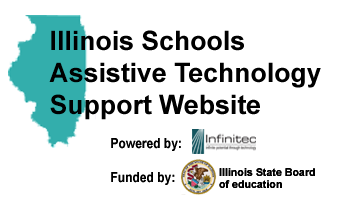The transition to life beyond the school system is a time of big changes for young adults and parents. It is common and normal to experience grief or confusion when the transition from school to the community becomes the main topic of future planning. Illinois requires that teams start discussing transition at age 14 ½. This might seem early, but that typically gives you and the IEP team a long time period start to prepare.
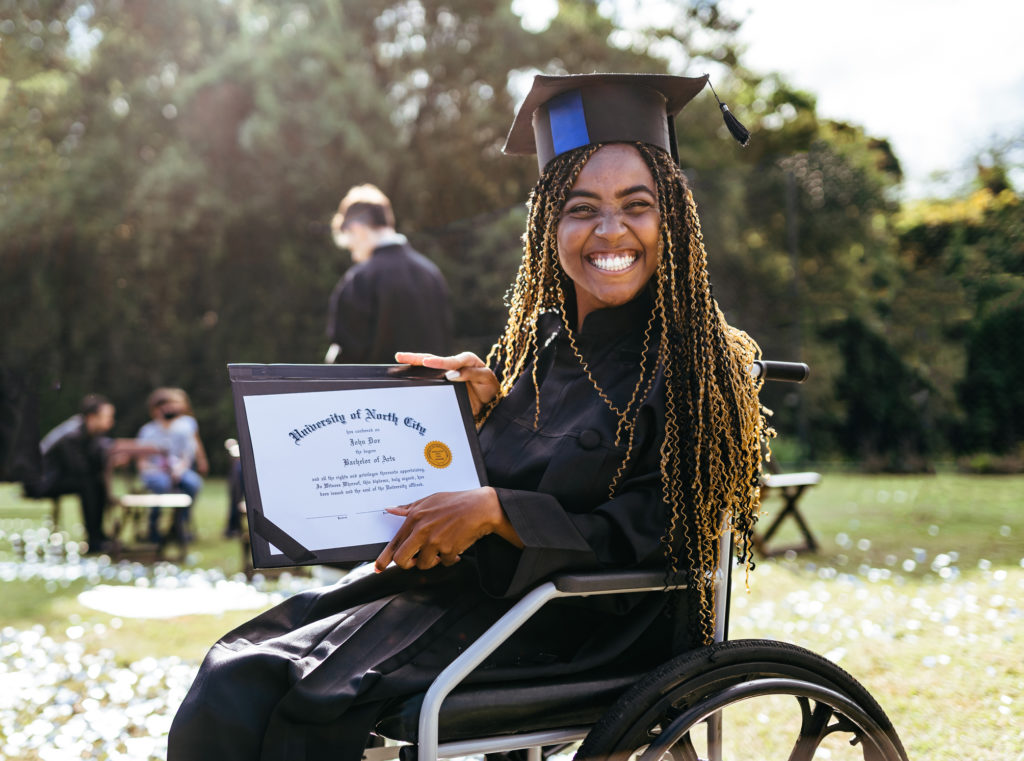
When students exit K-12 education they go from being served under the Individuals with Disabilities Education Act to protections under the Americans with Disabilities Act and Section 504 of the rehabilitation act. They move to not really having a case manager and have to do more with coordinating services. A well written and followed transition plan should help prepare parents and students for this change.
While students are in K-12 environments the school is mandated to provide the AT if needed. But that technology belongs to the school. After graduation districts are not required to pass on or sell equipment. While some districts do, it is their individual policy and not required by law. Most often, other agencies such as Vocational Rehabilitation or Departments of Human Services may have funding or resources to help you and your student acquire the AT they will need after they leave public school. During transition planning, the team can help you with finding resources to acquire the AT items your student will need. The team may provide information about an outside clinic or practitioner, you may also receive information about a local sales representative, or a link and details of where to purchase a needed item or program. This part of the transition plan helps you in creating the community linkages you will need to help your student be successful after school.
It is recommended that families decide to acquire their own assistive technology for use after the student ages out of the K-12 system at least a semester before they leave school. That way the school can help you to work out any technical issues or give you instruction before you leave school services.
For students who are choosing a college, vocational training, or work after school, there are self-advocacy skills for them to learn, campus visits to make, and learning about laws and the civil rights protections for people with disabilities that can help them as they move forward.
If your child is staying with the school program through the age of 22 because they have not yet met academic standards, there can actually be eight years to prepare. While that may seem like a long time, the individualized plans that you will be making will probably need this amount of time to complete. You and your student may be signing up for services that can support you both after school. You may be looking at day programming, alternative housing, obtaining funding for care, respite care resources, special recreation, social opportunities for you and your child, ways to sign up for therapies, and more. You will learn new systems of adult services and meet a lot of new people.
It may be uncomfortable to think about, but this is also a time to reflect and plan about what can help your child in the event that you pass away or are not able to take care of them. It can be a difficult topic, though like a will it can provide some comfort that no matter what happens, you have planned for your child’s needs. This can be a hard discussion for teams to raise during school meetings, but here are many places to get more information on future planning.
This page focuses on transition planning for your student’s assistive technology.
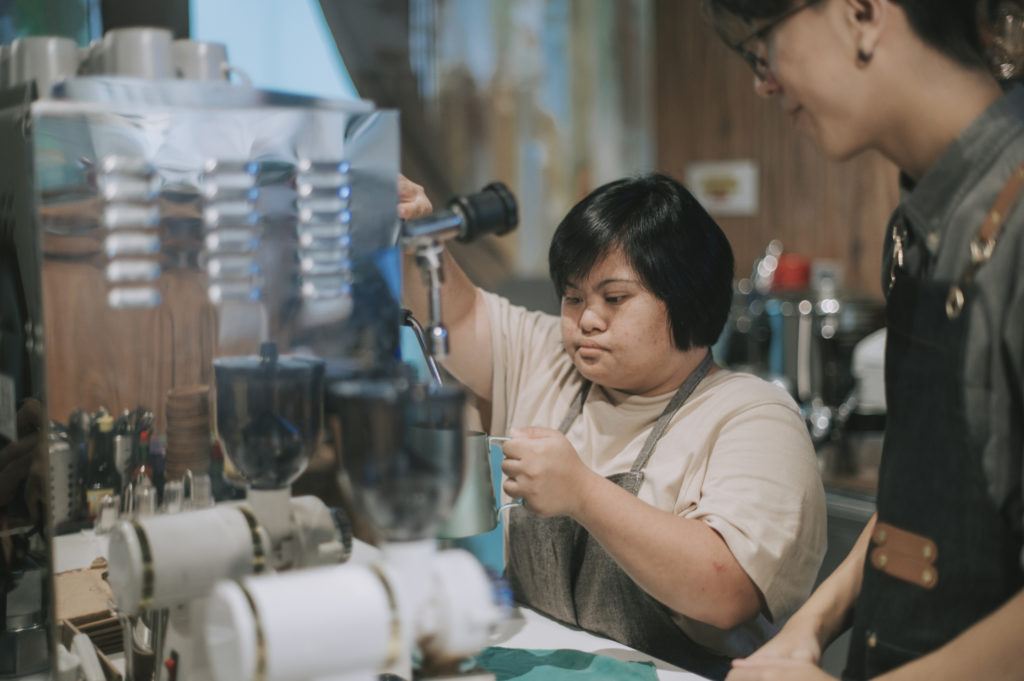
Employment
A variety of laws protect people with disabilities in work settings. The main law is the Americans with Disabilities Act (ADA). Under the ADA, employers are expected to provide reasonable accommodations for a person with a disability to have access to a work environment. As long as the person can do the essential tasks required for the job, employers cannot discriminate based on a person’s disability. But people with disabilities also need to ask for the accommodations and assistive technology they may need as a reasonable accommodation. This means that, before they leave school, it is important for students to learn how to disclose and talk about their disability. When the accommodation is assistive technology, students can learn to describe what the technology does to help overcome barriers and how they might do things differently than their co-workers who do not have a disability.
Education
If a student’s plan after school involves more education or training there are supports in place to help. When attending a two- or four-year educational program students can reach out to their institution’s office of disability services to request accommodations that they need for completing coursework. Getting these accommodations again requires disclosure of their disability and knowledge of what the accommodations are. Studies show that many students do not request the accommodations they had used in K-12 schools when transitioning to higher education. These studies also show that students who do not request the supports they need are much more likely to fail out of school or not complete their degree. There are also studies that show that with the use of assistive technology many students are more successful in college. If a student is not going to a 2- or 4-year program but is going to a vocational or job training program they are also still eligible for support. These programs tend to have more guidance for getting these accommodations though students should be ready to disclose their disability and describe what they need.
In almost any post-secondary educational setting, people who provide this kind of support are found in the Disability Services department at the school. Different schools call this office different things, though all accredited institutions are required to have an office like this. A student will need to meet with them and provide documentation that they need accommodations. The employees in this office will help them get the supports they need.
See different services that are offered at the twelve state universities in Illinois:
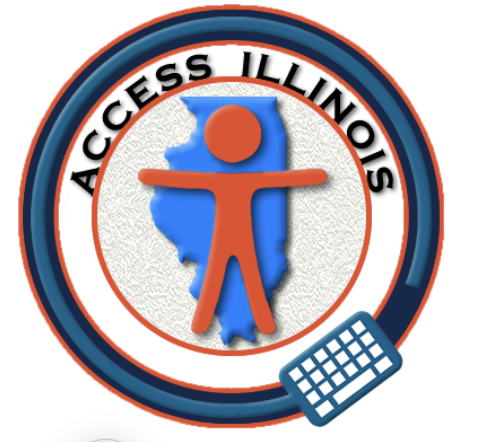
Independent Living
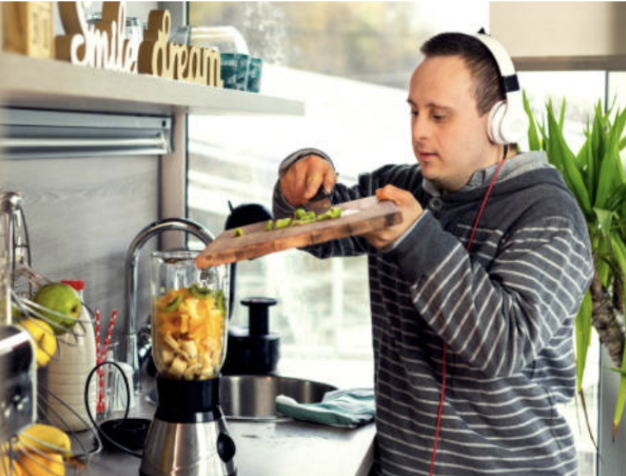
Another transition goal involves being able to live independently. Thinking of all the things we need to do to keep our home lives running: grocery shopping, cooking, cleaning, doing laundry, paying the bills on time, budgeting, making appointments, being able to get around to the appointments and work, as well as having some hobbies or leisure activities to enjoy. While not every student needs help in all of these areas, specialized instruction and the use of assistive technology can help adults to live as independently as possible.
Needs in each of these areas are highly individualized. The use of assistive technology has allowed more and more adults to attend college, get better jobs, and live more independently. It takes matching a person’s strengths and needs with the right tool and/or the right training.
Moving to greater independence is a life long process. -Gayl Bowser
